Hygiene monitoring for swabs
What is Swab test?

- Swab test is provided to determine compliance with the requirements given in the individual monograph / specifications.Swab test is the counting of total number of aerobic bacteria, yeasts and molds on any surface. Swab and contact methods such as Hygicult, Petrifilm and Redigel are commercial contact methods. ATP, DEFT and the protein tests are indirect methods in that they do not report actual bacterial counts but measure some characteristics related to the microbial mass.
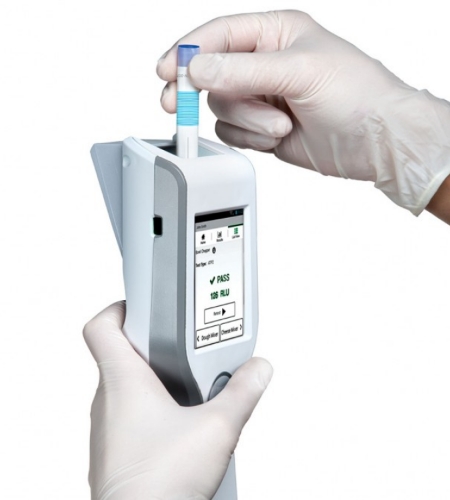
Importance of hygiene for Swab Test.
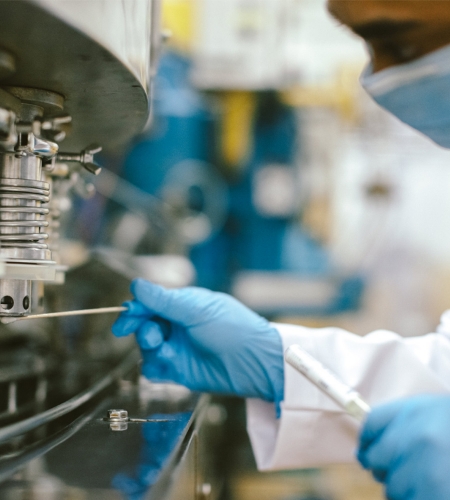
- Much of the increase in hygiene sampling has been brought about by the introduction of the Hazard Analysis – Critical Control Points (HACCP) system which involves monitoring of entire production processes instead of checks on final products and sporadic quality control. The HACCP system is already commonly used in the food industry world- wide. In the retail trade, HACCP requires constructing flow charts (incoming, stored and outgoing goods), increasing visual inspections and applying more rigorous temperature controls. Increasing the use of alcohol swabs prior to injecting, and increasing overall injecting hygiene, will have a positive impact on injecting-related morbidity and mortality amongst PWID.
Testing of Swabs at Anacon Labs.
- A swab moistened with sterile 0.9% NaCl solution is used to swab an area of 10 cm2. The swabbing is performed twice with the second swab- bing direction being perpendicular to the first one. During swabbing, the same pressure has to applied throughout the sampled area. The area to sampled is delineated using a sterile chablon. After swabbing, the swab is placed in a sterile test tube containing 10 ml of sterile 0.9% NaCl solution. Microbes caught on the swab are transferred to the solution by pressing the swab alternately against the wall and bottom of the tube. This is repeated 20 times, after which the swab is removed from the tube.
- Alternatively a sterile solution containing 85 g of NaCl and 1g of peptone in 1000 ml of distilled water at pH 7.2 may be used. If chlorine or iodine compounds have been used for disinfection of the sampled surface, 0.1% of sodium thiosulphate is added to the solution. The THG culture medium consists of 5.0 g tryptone, 2.5 g yeast extract, 1.0 g glucose, 15.0 g agar and 1 000 g distilled water (NMKL 5/87).
MARK OF PROGRESS FOR BETTER ENVIRONMENT AND HEALTH
Accredited, Certified & Recognised by
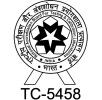
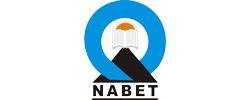

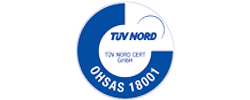







Testimonials

Anacon Laboratories...with its state-of-Art laboratory infrastructure, well-trained staff, it’s national recognition and accreditations...is a premier lab in environmental, agricultural, and food testing in the country. My best wishes to them!
Dr. Vijay BhatkarPadmashri, Padma Bhushan & Scientific Advisor to Govt of India
GET IN TOUCH
